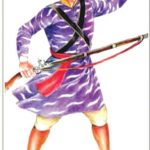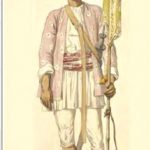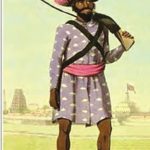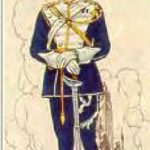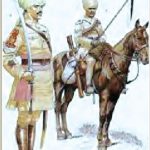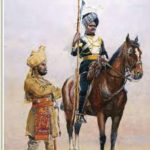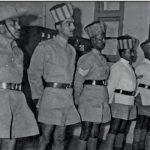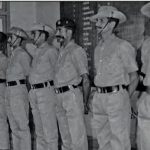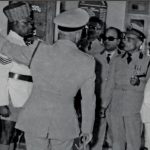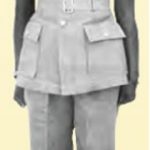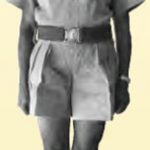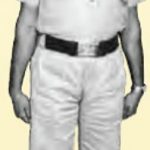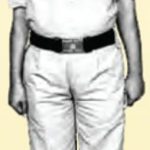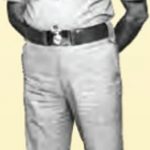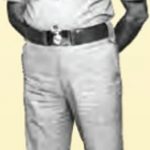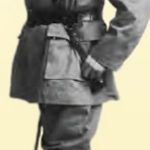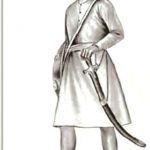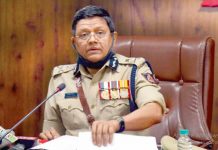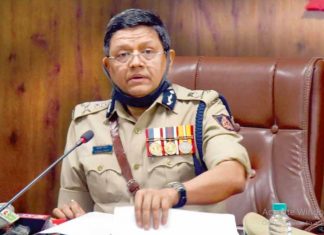
The reorganization of states in November 1956 posed various challenges to Karnataka police force, one of them was of multiple uniforms of the different police units that amalgamated together to form the Mysore State Police.The challenge was handled successfully by evolving a common pattern of uniform for all members of the state police force with the approval of the government on May 23, 1967.
During the year 1973, proposals were sent to the government to amend the Karnataka Police Services (Uniform) Rules, 1965 so as to prescribe to the Deputy Superintendents of Police the same articles of uniform as are prescribed for Indian Police officers, except in respect of badges of rank. The government approved it readily.
As certain items of uniform were found cumbersome and outdated and the constabulary felt uneasy with the heavy ammunition boots, patties and as wearing of shorts was not in accordance with the fashion of the day, the officers decided to change the uniform to suit the needs of the constabulary and the officers.The government led by the Chief Minister Shri. D. Devaraj Urs took a personal interest and approved a comfortable and attractive uniform for the police. We can see the chief minister in the adjacent photographs personally inspecting the uniforms along with the senior police officers before his approval on March 24, 1973.
The salient features of the new uniform were as follows:
• Turban of superior quality was prescribed to be worn on ceremonial occasions. Slouch hat was prescribed as part of working dress.
• Shorts were replaced by trousers.
• Kurthas of head constables and police constables of civil police were replaced by full arm shirts.
• The snake buckle belt was replaced by crested leather belt with the inscription “Karnataka ‘Police”
• Wearing of patties and hosetop was dispensed with.
• The heavy ammunition boots were replaced by ankle shoes for civil police.
• The traffic police were to wear white coloured full arm shirt and slouch hat to distinguish them between civil and armed police.
• Jersey was to be supplied to all policemen once in three years.
• The women police were to be supplied with white colour coats and terrycot sarees in the place of blue art silk sarees.

